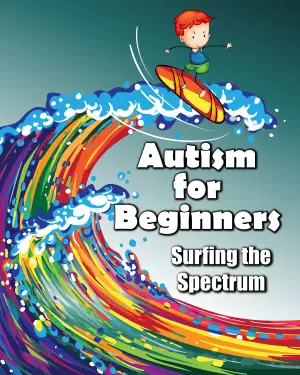Roaming: A Journey Through Friendship and Time
The moment I laid eyes on "Roaming," the latest collaboration between the talented Tamaki cousins, Mariko and Jillian, I felt an electric pulse of excitement. Their previous work, “This One Summer,” has solidified its place in my heart as one of the pinnacle YA graphic novels, so naturally, I anticipated something profound from their latest offering. With its Eisner 2024 nomination for Best Graphic Album, my enthusiasm was palpable—a chance to dive back into their world!
As I navigated through "Roaming," I was struck by its thematic focus on friendship and the passage of time among three girls spending Spring Break in Manhattan in 2009. The plot, while episodic, revolves around their leisurely adventures as tourists in the bustling city. However, I found myself yearning for more depth. At times, it felt like we were wading through the sightseeing script—by the time I reached page 200, I wondered if we might encounter a little more tension or exploration of the girls’ inner lives beyond their whimsical escapades.
That said, the narrative does cultivate some genuine moments of teenage camaraderie and tension, particularly as two girls grapple with their feelings at the expense of their third friend. While the resolution is heartwarming, it left me craving the intensity that marked “This One Summer.” What’s interesting is how the story evokes the bittersweet nature of teenage friendships—the joy of connection layered with misunderstandings.
What truly captivated me was Jillian Tamaki’s art, which is nothing short of breathtaking. Her illustrations breathe life into the city and the emotions tied to it, and her use of magical realism amplifies the girls’ experiences. Those intertwining swirls of color and vivid expressions beautifully encapsulated the emotional highs and lows of their journey, making it clear that Jillian is the real hero here. One memorable panel that struck a chord with me was a scene where the city seems to swirl around the characters, perfectly reflecting the chaos of their feelings.
While my instincts tell me that some readers might feel this graphic novel could benefit from trimming about a third of its content for a more streamlined experience, the moments of artistry and character development shine brightly throughout. I appreciate that this layered narrative approach may resonate with fans of glbtq friendships, as it touches upon themes that are often left unexamined.
In conclusion, “Roaming” is a delightful read that offers a thoughtful exploration of teenage friendship, wrapped in vibrant art that reflects the city’s pulse. While it didn’t quite resonate with me at the same depth as their earlier work, I wholeheartedly believe fans of the Tamakis will revel in this story. It has a warm, nostalgic feel that captures the essence of girlhood, making it a worthwhile addition to any graphic novel enthusiast’s shelf. If you’re looking for an engaging tale filled with colorful illustrations and themes of friendship, then I encourage you to pick up “Roaming.” Just perhaps bring along an open mind—the journey is bound to be enjoyable, even if the destination leaves you wanting more.






